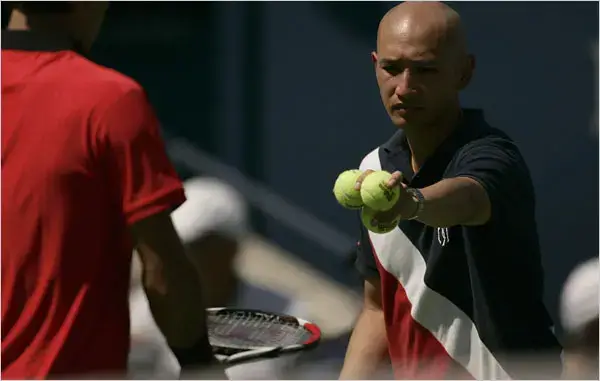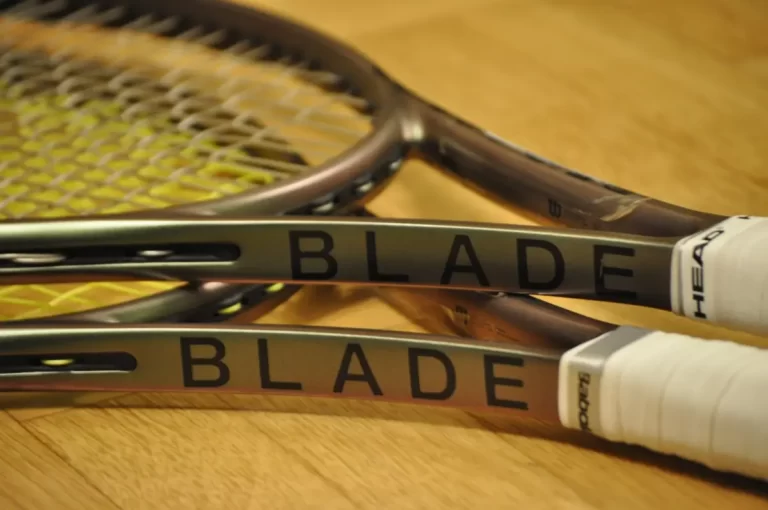How Long Does It Take to Restring a Tennis Racket?
Restringing a tennis racket is an essential part of maintaining your equipment and ensuring optimal performance on the court. A well-strung racket can make a significant difference in your game, and knowing how long it takes to restring a racket is important for planning and preparation.
So, how long does it take to restring a tennis racket? For an experienced stringer, restringing a tennis racket typically takes about 30 minutes.
This time can vary depending on the stringer’s skill level and the type of racket. Professional stringers at major tennis tournaments can often complete a restringing job in 15 minutes or less.
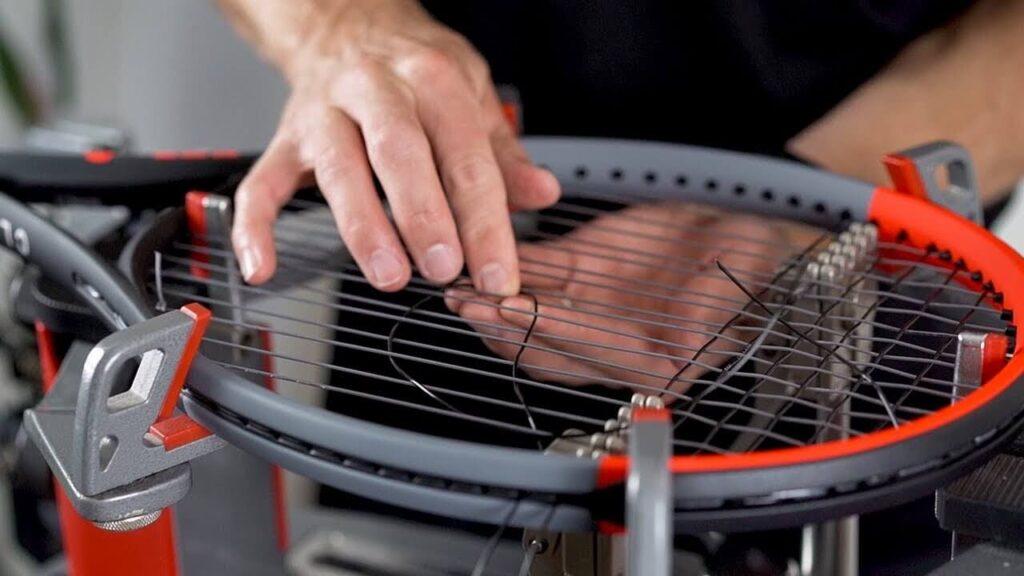
In this article, we will know the variables that affect the time it takes to restring a tennis racket, discuss speed vs. quality and share some tips on how to string a racket faster without compromising on quality.
Variables Contributing to Racket Stringing Time
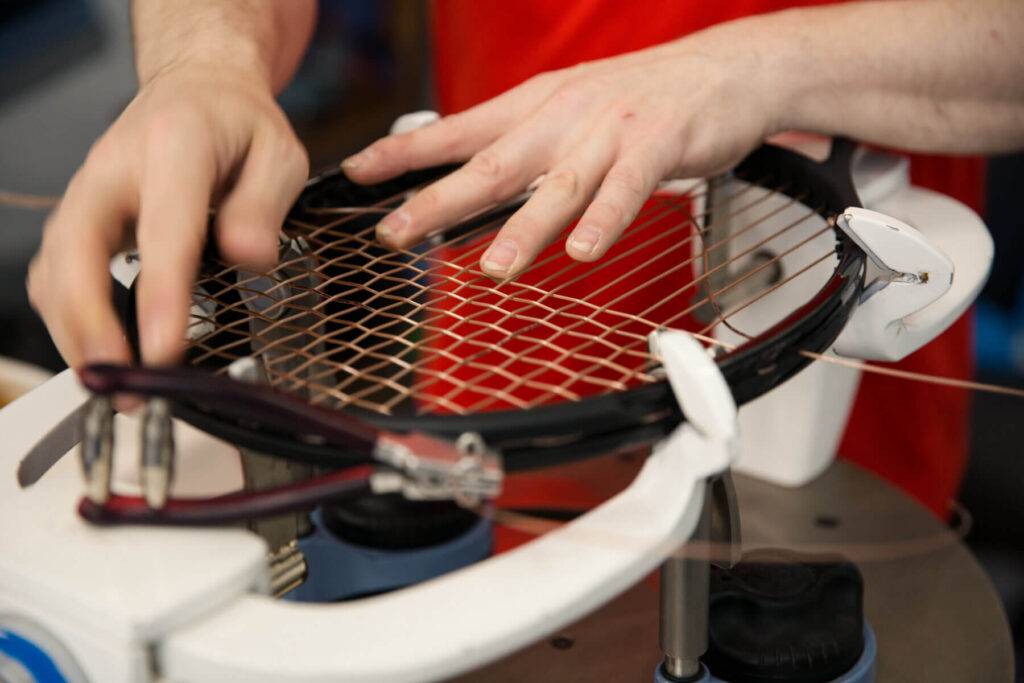
Stringing Machine
In my experience, the type of stringing machine you use plays a significant role in the time it takes to restring a racket. Electronic stringing machines offer greater speed and accuracy compared to manual or drop-weight machines.
These high-end machines often have advanced features such as automatic tension adjustment, constant pull tensioning, and digital displays, which can streamline the stringing process and save time.
A well-maintained and calibrated stringing machine will operate more smoothly and efficiently, allowing you to complete the task faster.
Regular maintenance includes cleaning the clamp rails and tensioning mechanism and ensuring the machine is properly calibrated to maintain accurate tension throughout the stringing process.
Stringing Technique
As you may already know that there are various stringing techniques and weaving patterns that can influence the time it takes to restring a racket. Some stringers may use a one-piece stringing method, where the mains and crosses are strung using a single piece of string.
Others may opt for a two-piece method, which requires separate strings for the mains and crosses. The chosen technique may affect the speed and ease of the stringing process.
Some stringers may use shortcuts or specific methods to speed up the process. However, it’s essential to prioritize accuracy and quality over speed.
Adopting efficient techniques without compromising on the quality of the string job is important for maintaining a high level of performance in your tennis racket.
Type of Racket and String
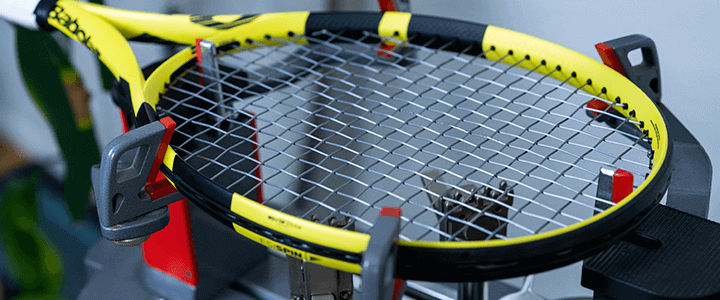
String patterns on tennis rackets vary from open to dense. An open string pattern has fewer strings and larger gaps between them, making the stringing process faster.
On the other hand, a dense string pattern has more strings, requiring additional time to weave and tension each one.
The type of string used can also impact the stringing time. Thicker gauge strings are more durable but can be harder to weave and tension, taking longer to string.
Conversely, thinner gauge strings are more pliable and easier to work with, which can speed up the process. The material of the string, such as natural gut, synthetic gut, polyester, or multifilament, can also influence the ease of stringing and the time it takes to complete the task.
Experience and Skill Level
Stringing can be difficult and time-consuming for beginners. As you gain experience and become more familiar with the equipment, techniques, and various types of rackets and strings, your stringing speed will naturally increase.
With practice and repetition, your muscle memory will develop, allowing you to complete the task more efficiently.
Tips for Faster and More Efficient Stringing
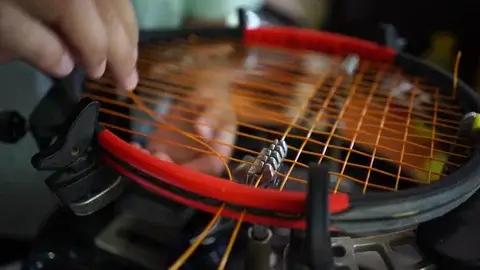
Uncoiling Strings
Handling the string properly right from the start can save you time and prevent tangles. To uncoil your strings, follow these steps:
- Hold the coiled string in your dominant hand.
- Use your non-dominant hand to carefully uncoil the string.
- Uncoil only enough string to start stringing the mains.
- Secure the remaining coil with an elastic band.
Avoiding Tangles
To avoid tangles during the stringing process, consider these tips:
- Keep the string organized and free of knots or twists.
- Use the elastic band to secure the remaining coil, allowing you to uncoil more string as needed.
- Feed the string through the grommets smoothly, ensuring it doesn’t snag or catch on the frame.
Weaving of Crosses
Weaving crosses efficiently can save time and reduce friction. Keep these points in mind:
- Ensure you have enough string for each weave, allowing for smooth and easy weaving.
- Weave one or two crosses ahead of the last tensioned cross. This helps to keep the crosses straight and reduces friction burn.
- Use a starting clamp or other tools to assist in the weaving process, ensuring an efficient and consistent technique.
Straightening Crosses
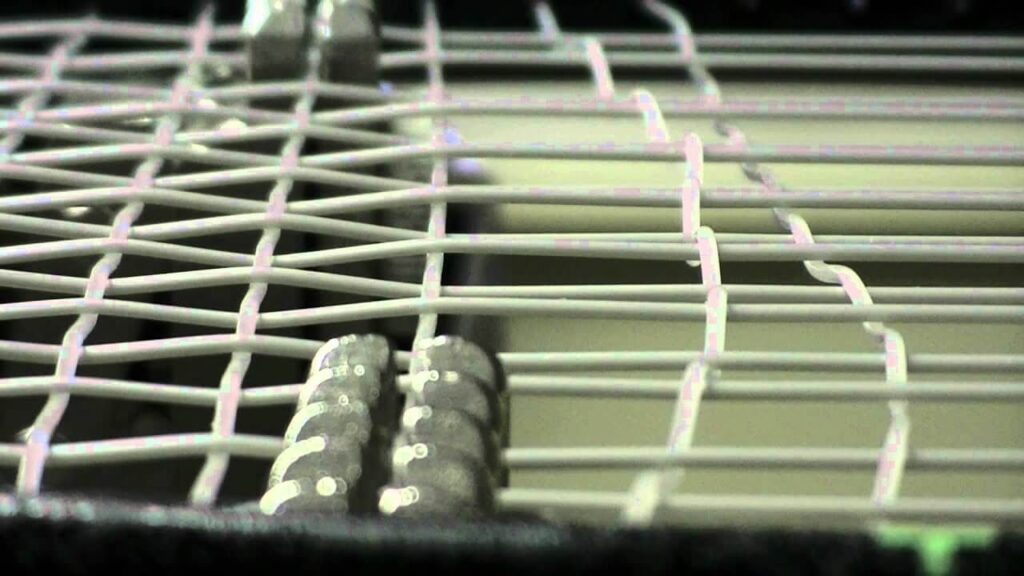
Straightening crosses as you weave and clamp prevents the need for adjustments later on. Follow these tips:
- Apply tension to the crosses as you weave, keeping them straight and aligned.
- Straighten the crosses with your fingers, maintaining a consistent tension across the string bed.
If you keep the crosses straight during the weaving process, you will create a slightly stiffer string bed, which can improve overall racket performance.
Excess String
Measuring and cutting the correct amount of string for the final crosses can save time, reduce waste, and minimize friction burn. Here’s how to do it:
- Lay the remaining string across the frame, estimating the necessary length for the remaining crosses.
- Measure the string to the tension head gripper, ensuring you have enough to complete the stringing process.
- If necessary, cut off any excess string after double-checking your measurements.
Adapt Techniques
To improve your stringing process continually, consider the following:
- Make sure you’re aware of new stringing tools, techniques, and technologies that can increase your efficiency.
- Watch instructional videos and attend workshops or courses to learn from experienced stringers.
- Stay open to change and be willing to adapt your techniques as needed to improve your stringing speed and efficiency.
Conclusion On Restring a Tennis Racket
Restringing a tennis racket typically takes about 30 minutes for an experienced stringer, with professional stringers at major tournaments capable of completing the task in 15 minutes or less.
The time it takes to restring a racket can be influenced by the stringer’s experience, the stringing machine, and the string material and tension. If you focus on quality and consistency and continually seek ways to improve their technique, stringers can provide your clients with the best possible service and a well-strung racket that will help elevate their game on the court.
Sources
- https://www.racketstringers.com/stringing/our-own-professional-data-on-how-long-it-takes-to-string-a-racket/
- https://tt.tennis-warehouse.com/index.php?threads/how-long-does-it-take-to-string-a-racquet.430070/
- https://www.quora.com/How-long-does-it-take-to-string-a-racket
Related Posts
Can Running Shoes Be Used For Tennis?
Do Tennis Pros Use Dampeners? ( Why They Are So Important? )




